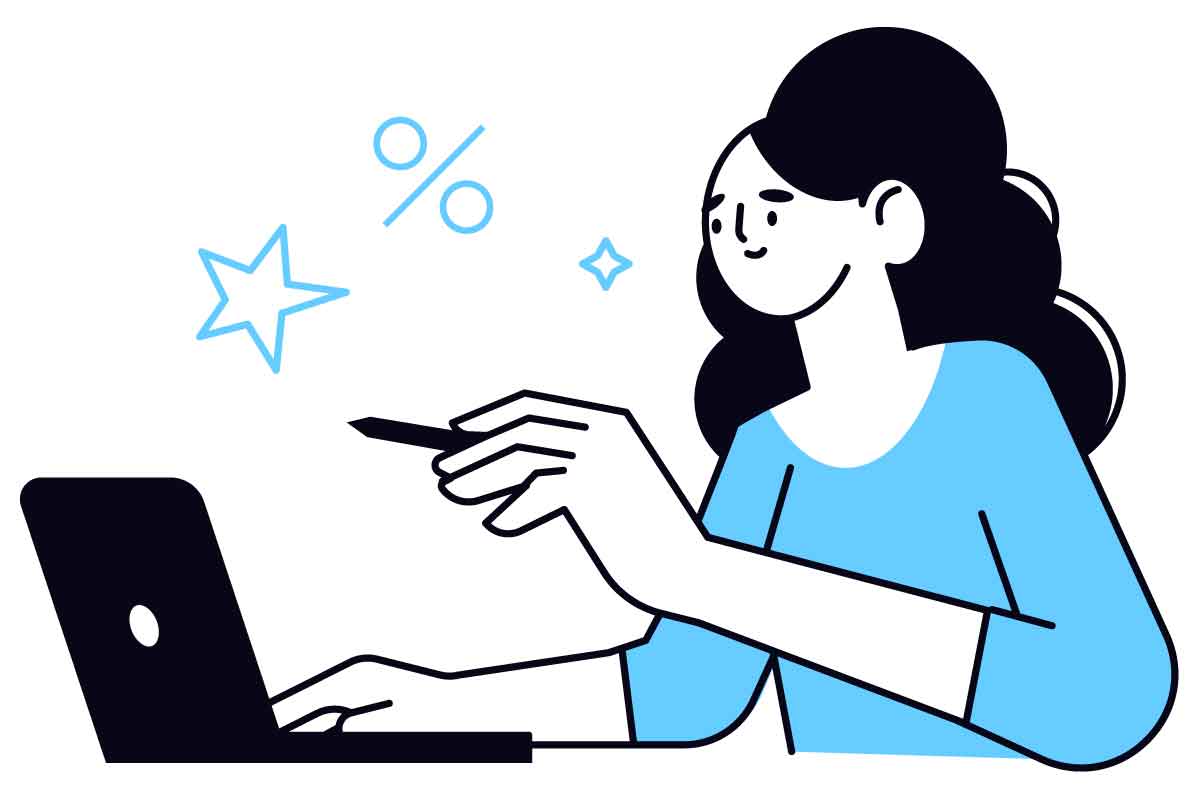Purchasing decisions are at the core of any business, shaping its market presence, profitability, and growth trajectory. Understanding the various dimensions of buying decisions is pivotal for crafting sound business strategies.
This article aims to provide a comprehensive guide to understanding the purchase decisions in the context of the UK market, where competition, consumer behaviour, and economic trends often converge to create unique challenges and opportunities.
Featured pro tools
Introduction – What are buying decisions?
In the context of business, purchasing decisions are not merely about choosing to buy a product or service.
They encompass an intricate web of considerations that impact everything from supply chain management to consumer satisfaction.
Unpacking this complex concept requires examining it from different perspectives, including the customer’s journey, supplier relationships, internal decision-making, and the broader market environment.
The buyer’s journey
1. Needs identification
- Individual Consumers: Emotions, needs, and wants drive personal consumption.
- B2B Purchases: These are driven by operational requirements, regulatory compliance, cost considerations, and value addition.
2. Information search
- Sources of Information: Online reviews, recommendations, expert opinions, etc.
- Role of Marketing: Ensuring that the company’s offerings are prominently visible during this phase.
3. Evaluation of alternatives
- Comparative Analysis: Comparing various options based on quality, price, brand, etc.
- Competitive Positioning: How a business positions itself against competitors.
4. Purchase decision
- Influencing Factors: Sales promotions, customer service, peer influence, etc.
- Potential Barriers: High costs, lack of trust, delivery concerns.
5. Post-purchase behaviour
- Customer Satisfaction: Meeting or exceeding expectations.
- Loyalty and Retention Strategies: Building long-term relationships.
Supplier selection and management
1. Criteria for selection
- Quality, Price, and Reliability: Striking a balance.
- Ethical Considerations: Adherence to social responsibility norms.
2. Negotiation strategies
- Volume Discounts, Payment Terms: Tailoring to the company’s needs.
- Long-term Partnerships: Focusing on building relationships.
3. Performance evaluation
- Supplier Scorecards: Assessing and ranking suppliers.
- Continuous Improvement: Regular feedback and collaboration.
Internal decision making
1. Organisational structure and culture
- Centralised vs Decentralised Buying: Pros and cons.
- Collaborative Decision Making: Cross-departmental alignment.
2. Budgeting and financial planning
- Capital Expenditure (CapEx) vs Operating Expenditure (OpEx): Understanding their impact.
- ROI Analysis: Assessing the value of investments.
3. Use of technology
- ERP Systems, AI, and Automation: Modernising procurement.
- Data Analytics: Leveraging data for informed decisions.
The broader market environment
1. Economic factors
- Interest Rates, Inflation, Exchange Rates: Their influence on buying decisions.
- Brexit Impact: Ongoing considerations for UK businesses.
2. regulatory landscape
- Compliance Requirements: Knowing and following the rules.
- Environmental Regulations: Sustainability considerations.
3. Trends and innovations
- Emerging Technologies: Staying ahead of the curve.
- Consumer Trends: Adapting to changing behaviours and expectations.
Conclusion
In an increasingly interconnected and competitive business landscape, understanding the multifaceted aspects of purchasing decisions is a non-negotiable aspect of strategic planning.
From recognising the unique characteristics of B2B and B2C buying journeys to considering the broader economic and regulatory context, a company’s success in the UK market hinges on its ability to navigate these complex terrains with agility and foresight.
In-depth knowledge of purchasing decisions serves as a compass, guiding businesses towards optimal product offerings, marketing strategies, supplier relationships, and internal processes.
By embracing a holistic approach, companies can build resilient strategies that not only weather the challenges of the modern market but also seize opportunities for growth and innovation.
FAQ
Buying decisions refer to the process and considerations involved in choosing to purchase a product or service. It includes identifying needs, researching options, evaluating alternatives, making the purchase, and post-purchase behaviour.
B2B (business-to-business) buying decisions are often more complex, involving multiple stakeholders, longer sales cycles, and more focus on value, reliability, and long-term relationships. B2C (business-to-consumer) decisions are more emotionally driven and often influenced by personal preferences, branding, and immediate needs.
Through effective marketing, sales promotions, building trust, providing excellent customer service, and ensuring quality and competitive pricing.
Technology enables businesses to gather data, automate processes, personalise marketing, and enhance the overall efficiency and effectiveness of the purchasing process.
Brexit has led to changes in trade agreements, tariffs, regulations, and currency fluctuations, influencing both costs and supplier relationships for UK businesses.
Supplier selection affects product quality, costs, ethical considerations, and overall supply chain efficiency, impacting the business’s competitive position.
Data analytics provides insights into customer preferences, market trends, and internal performance, allowing for more informed and strategic decisions.
Common barriers include high costs, lack of trust in the brand or product, unavailability, complex purchasing processes, and concerns about delivery or after-sales service.
Changes in interest rates and inflation can influence borrowing costs, pricing strategies, consumer spending power, and overall market demand.
ROI (Return on Investment) analysis helps in evaluating the value and potential profitability of an investment, guiding the allocation of resources.
Businesses must consider compliance with environmental regulations, which may influence supplier selection, materials, processes, and even product design.
Supplier scorecards are evaluation tools used to assess and rank suppliers based on performance. They help in maintaining quality, identifying areas for improvement, and building strong relationships.
Consumer satisfaction leads to repeat business, positive reviews, and word-of-mouth recommendations, building brand loyalty and long-term success.
The values, beliefs, and practices within an organisation can shape decision-making processes, risk tolerance, ethical considerations, and collaboration within purchasing activities.
Marketing ensures that the company’s offerings are visible and appealing during the information search phase, influencing consumer perceptions and preferences.
While the fundamentals are similar, small businesses may need to tailor their strategies to align with their resources, market position, and unique challenges and opportunities.
Trends include increased focus on sustainability, personalized experiences, online shopping, mobile payments, and social media influence.
Fluctuating exchange rates affect the cost of international purchases, which can lead to changes in pricing strategies, supplier selection, and overall competitiveness.
CapEx refers to capital expenditures on long-term assets, while OpEx refers to operating expenses for daily operations. Understanding both is crucial for financial planning and strategic alignment.
Continuous improvement ensures that supplier relationships remain productive and aligned with changing business needs, market conditions, and innovations, contributing to long-term success and growth.

